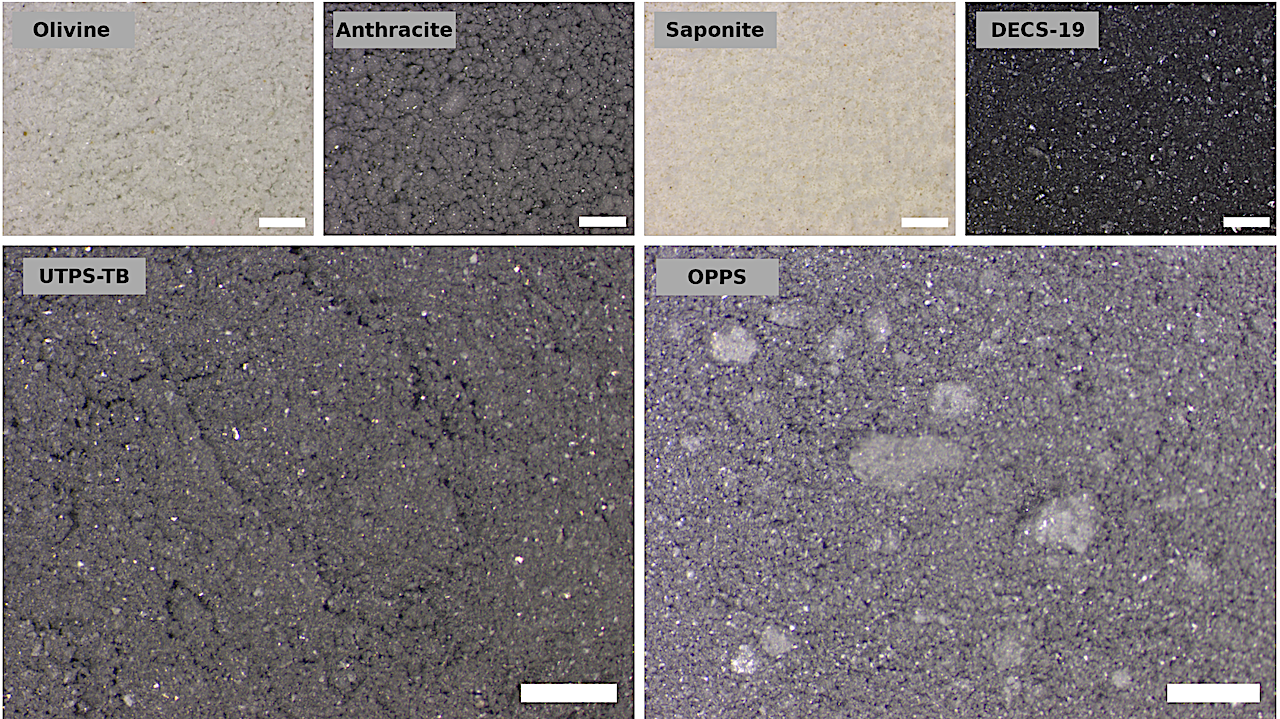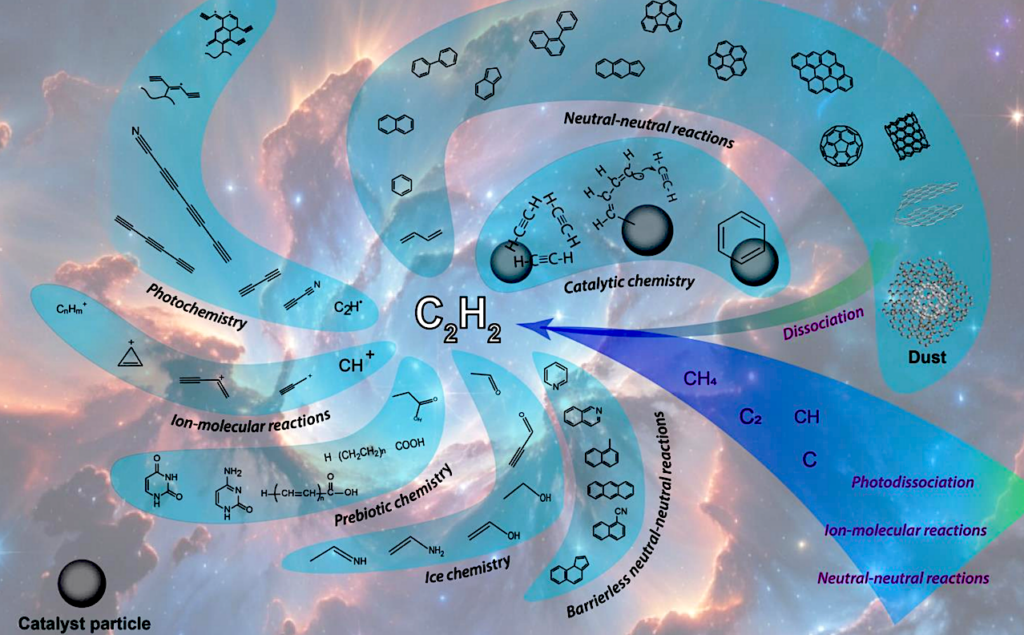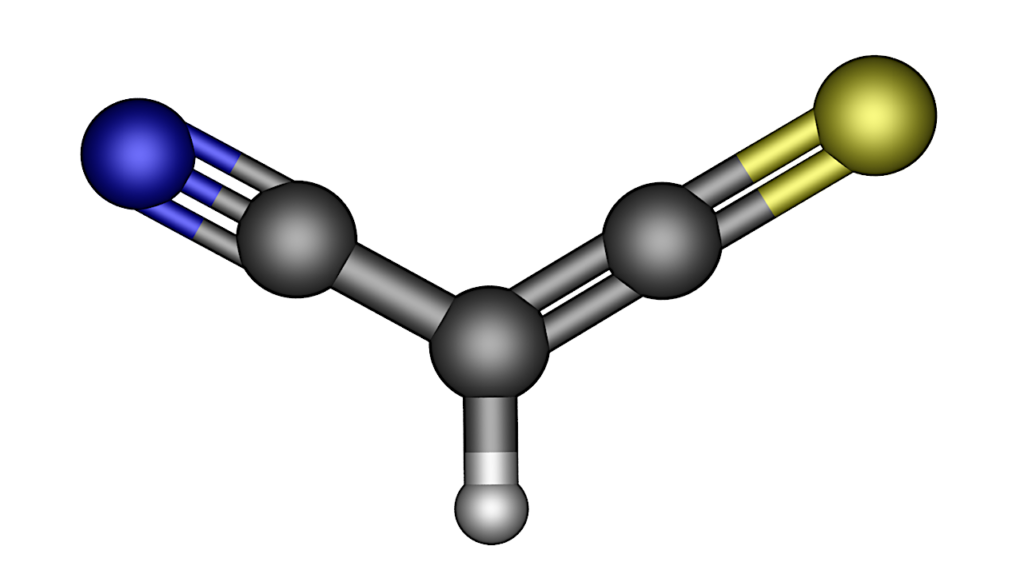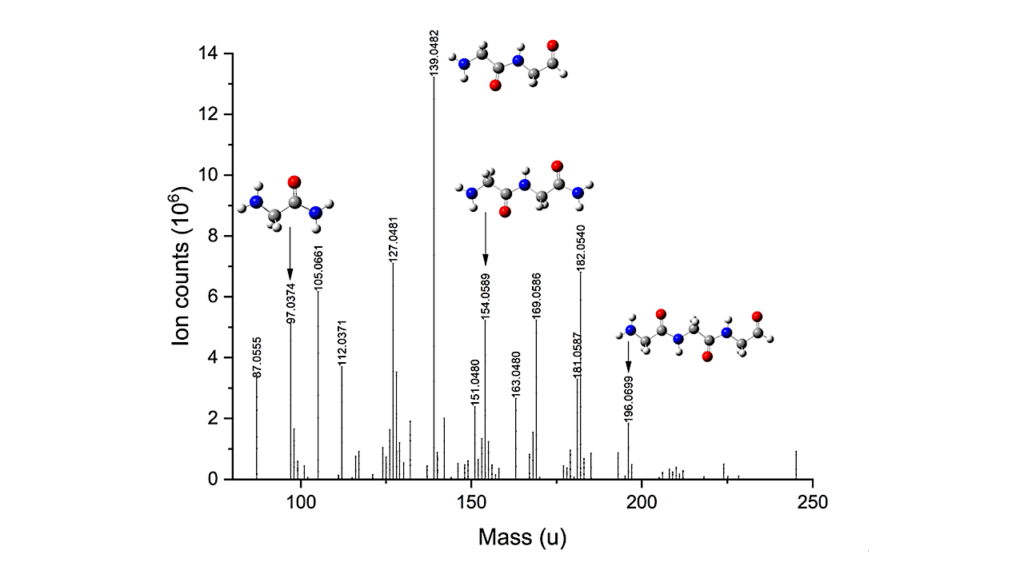Spectro-photometry of Phobos simulants: I. Detectability of Hydrated Minerals and Organic Bands

Previous observations of Phobos and Deimos, the moons of Mars, have improved our understanding of these small bodies. However, their formation and composition remain poorly constrained.
Physical and spectral properties suggest that Phobos may be a weakly thermal-altered captured asteroid but the dynamical properties of the martian system suggest a formation by giant collision similar to the Earth moon. In 2027, the JAXA’s MMX mission aims to address these outstanding questions.
We undertook measurements with a new simulant called OPPS (Observatory of Paris Phobos Simulant) which closely matches Phobos spectra in the visible to the mid-infrared range. The simulant was synthesized using a mixture of olivine, saponite, anthracite, and coal. Since observation geometry is a crucial aspect of planetary surface remote sensing exploration, we evaluated the parameters obtained by modeling the phase curves — obtained through laboratory measurements — of two different Phobos simulants (UTPS-TB and OPPS) using Hapke IMSA model. Our results show that the photometric properties of Phobos simulants are not fully consistent with those of Tagish Lake, Allende, or the NWA 4766 shergottite.
We also investigated the detection of volatiles/organic compounds and hydrated minerals, as the presence of such components is expected on Phobos in the hypothesis of a captured primitive asteroid. The results indicate that a significant amount of organic compounds is required for the detection of C-H bands at 3.4 μm.
In contrast, the 2.7 μm absorption band, due to hydrated minerals, is much deeper and easier to detect than C-H organic features at the same concentration levels. Posing limits on detectability of some possible key components of Phobos surface will be pivotal to prepare and interpret future observations of the MIRS spectrometer onboard MMX mission.
Antonin Wargnier, Thomas Gautier, Alain Doressoundiram, Giovanni Poggiali, Pierre Beck, Olivier Poch, Eric Quirico, Tomoki Nakamura, Hideaki Miyamoto, Shingo Kameda, Pedro H. Hasselmann, Nathalie Ruscassier, Arnaud Buch, Sonia Fornasier, Maria Antonietta Barucci
Comments: 58 pages, 19 figures, submitted to Icarus
Subjects: Earth and Planetary Astrophysics (astro-ph.EP)
Cite as: arXiv:2405.02999 [astro-ph.EP] (or arXiv:2405.02999v1 [astro-ph.EP] for this version)
Submission history
From: Antonin Wargnier
[v1] Sun, 5 May 2024 17:06:05 UTC (24,764 KB)
https://arxiv.org/abs/2405.02999
Astrobiology,








